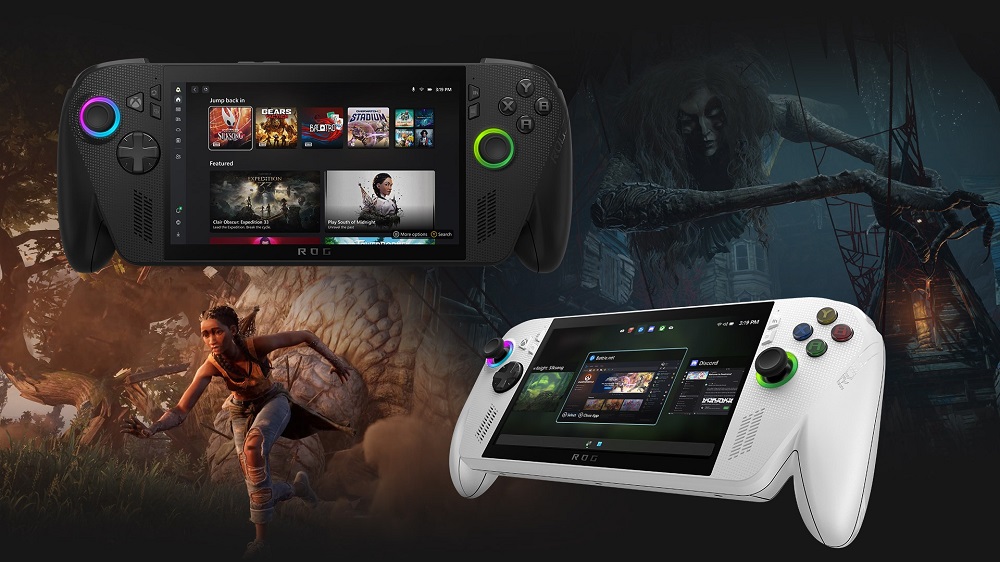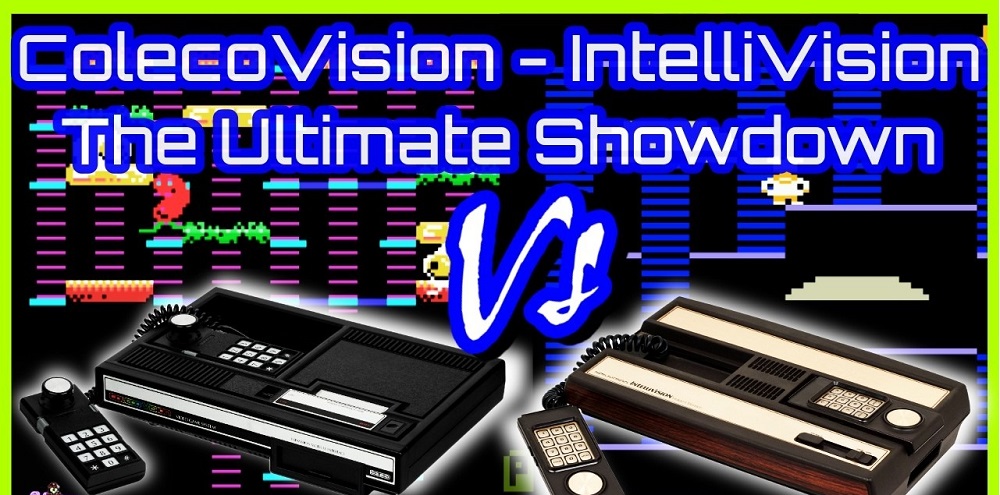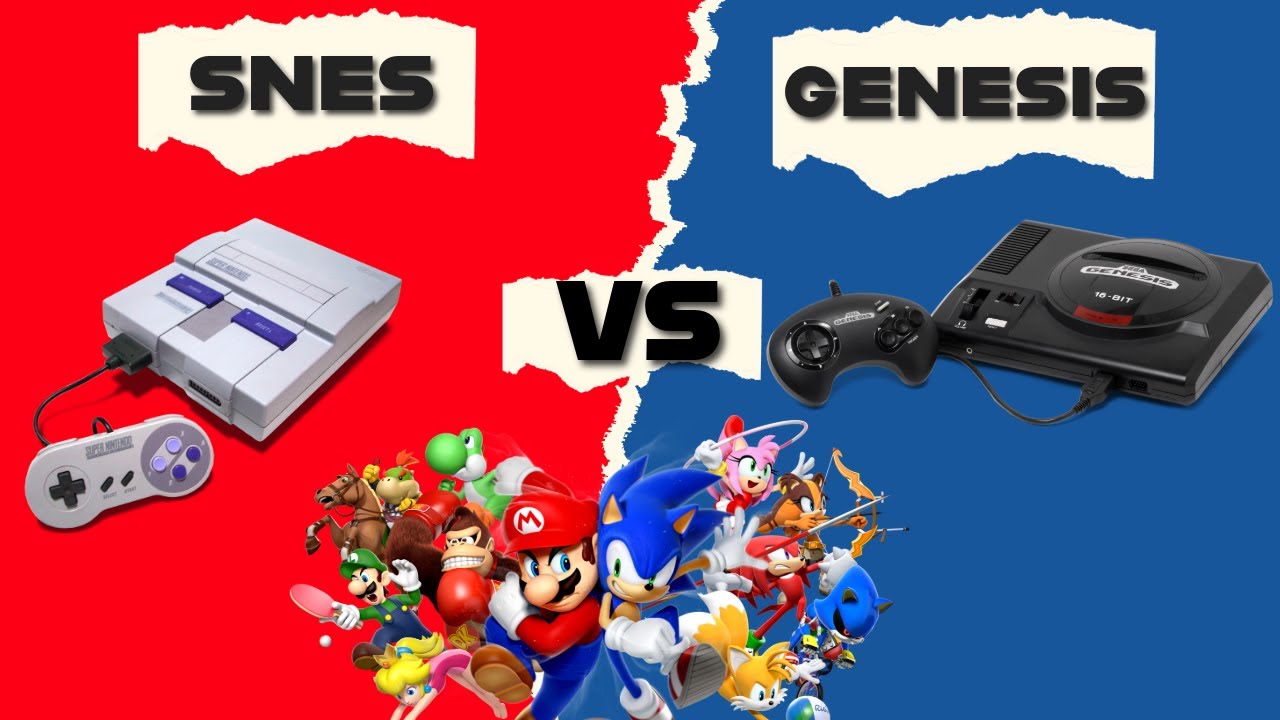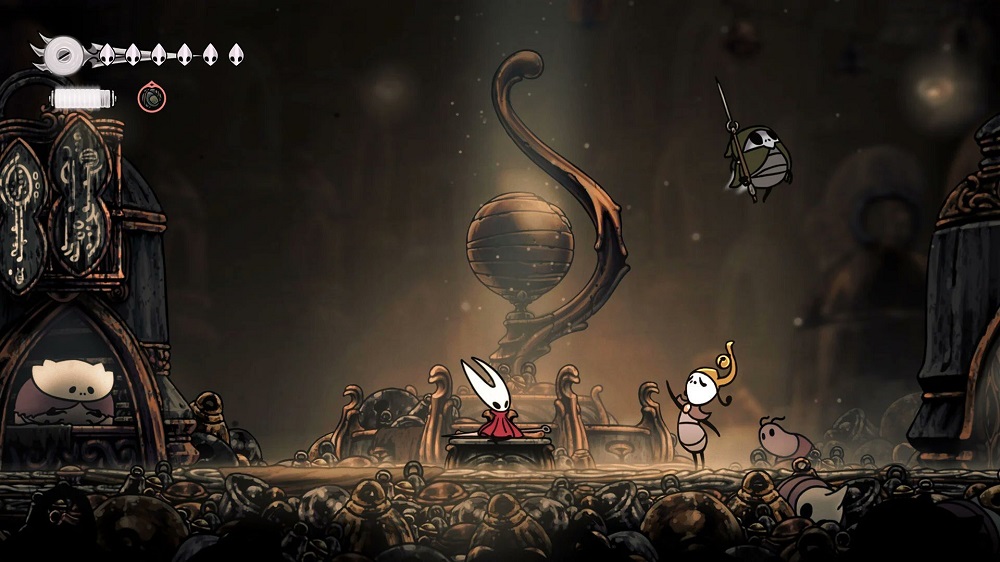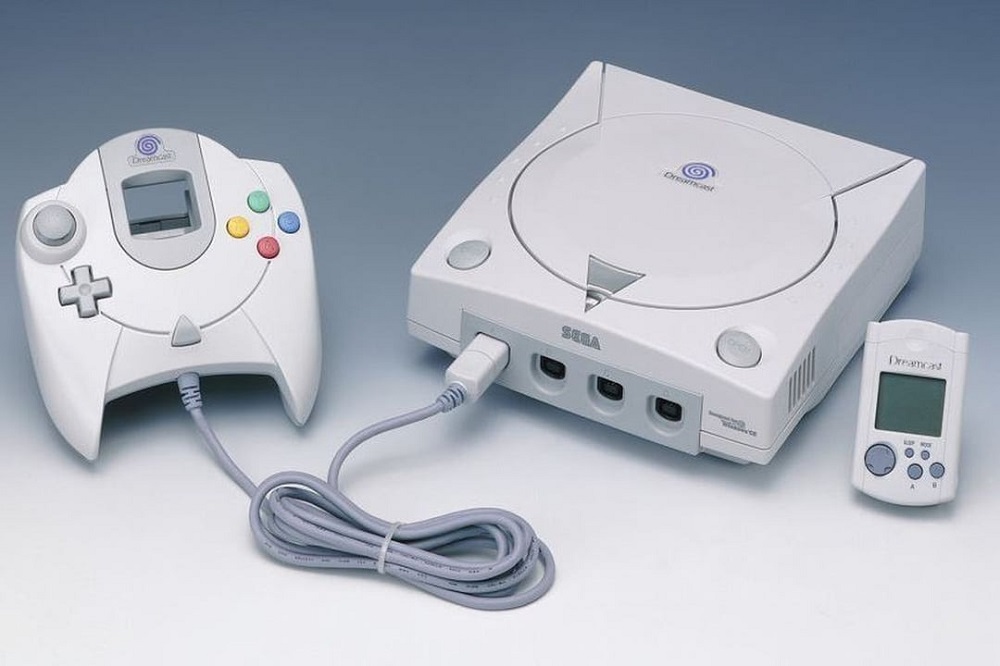When Microsoft entered the gaming console market in 2001, few could have predicted the impact it would have on the industry. With the launch of the Xbox, the company not only introduced powerful hardware and online connectivity but also reshaped the console landscape for decades to come.
In this deep dive, Oldies Nest explores how Microsoft boldly stepped into the ring against gaming giants like Sony and Nintendo—and how Xbox evolved from an underdog into a powerhouse of modern gaming.
A New Challenger Appears: The Genesis of Xbox
By the late 1990s, gaming was dominated by the PlayStation 2, Nintendo GameCube, and the remnants of Sega’s fading presence with the Dreamcast. Microsoft had seen the success of PC gaming—and the growth of living room consoles—and decided it was time to compete.
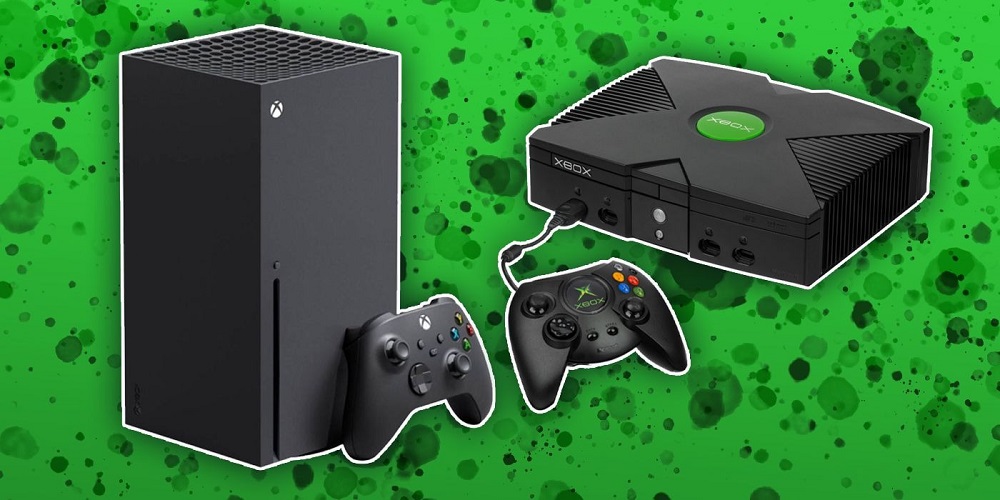
The original Xbox was conceived by a group of DirectX engineers (hence the name: “DirectX Box”) who wanted to bring PC-like power to the living room.
Microsoft officially unveiled the Xbox at CES 2001 with none other than Bill Gates and The Rock sharing the stage. The message was clear: this was a serious play.
For background on the declining Sega hardware scene, read Dreamcast: Sega’s Final Console and Its Legacy
The Hardware: A Beast Among Consoles
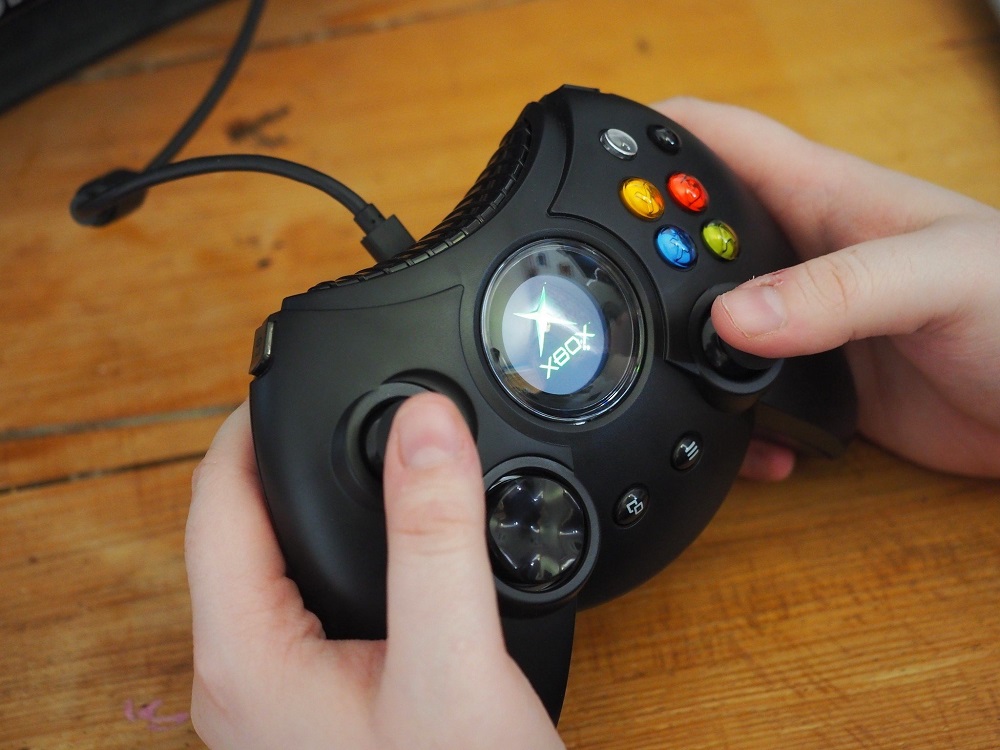
Released in North America on November 15, 2001, the Xbox was a technological marvel at the time:
- 733 MHz Intel Pentium III processor
- 64 MB RAM
- NVIDIA NV2A GPU (a close cousin to PC graphics cards)
- 8–10 GB internal hard drive
- Built-in Ethernet port for broadband online play
The Xbox was the first major console to include a hard drive and Ethernet port as standard. This foresight would become a defining factor in its long-term success.
The massive “Duke” controller was initially criticized for its size, but the revised Controller S quickly became a fan favorite.
Compare it with contemporaries like the PlayStation 2 and GameCube to see how Xbox raised the bar on hardware power.
Killer Apps: Halo and the Rise of Xbox Exclusives
No console can succeed without great games, and for Xbox, the killer app was immediate: Halo: Combat Evolved.
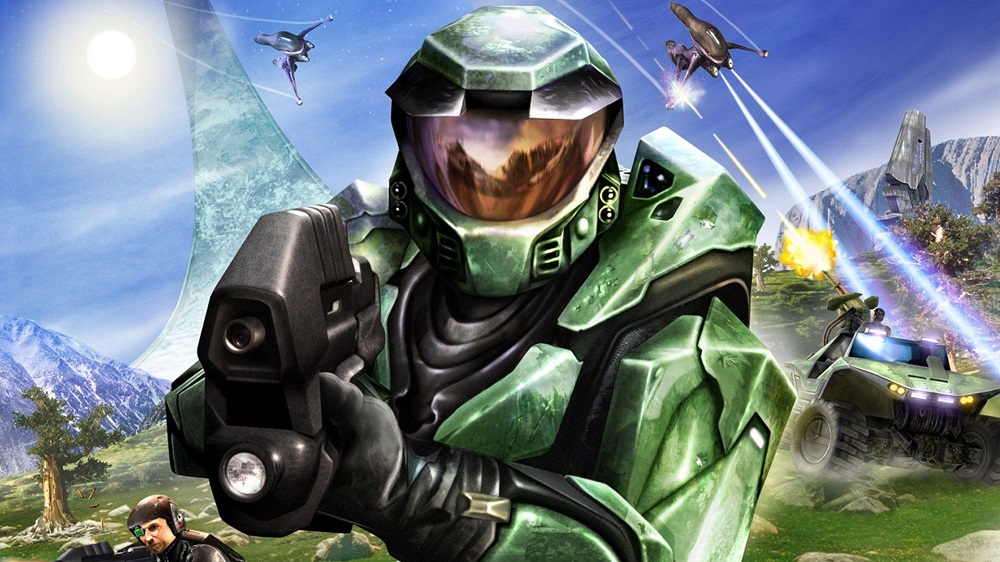
Launched alongside the console, Halo:
- Redefined the first-person shooter experience on consoles
- Introduced the world to Master Chief and the Halo universe
- Delivered legendary local multiplayer with split-screen combat
Other key exclusives followed:
- Fable – a choice-driven RPG with charm and humor
- Project Gotham Racing – a stylish racing sim with kudos-based rewards
- Ninja Gaiden – a brutal, fast-paced action title
The Xbox also became the best place to play multiplatform games like Splinter Cell and Star Wars: Knights of the Old Republic.
Xbox Live: The Online Revolution Begins
Perhaps Xbox’s most lasting innovation was Xbox Live, launched in 2002. It offered:
- Unified online identity (Gamertag)
- Friends lists and voice chat
- Downloadable content and patches
You had to pay for it, but the experience was smooth, powerful, and unmatched. Games like Halo 2 made online console gaming the new norm.
This feature alone would shape the future of gaming, setting the blueprint for PlayStation Network and others.
Cultural Footprint and Audience
Microsoft intentionally aimed for an older teen and young adult audience. Xbox branding leaned into edgy, aggressive marketing, positioning itself as the console for serious gamers.
Franchises like Doom 3, The Chronicles of Riddick, and Dead or Alive 3 helped cement its image as a hardcore alternative to Nintendo’s family-friendly lineup.
It also attracted PC gamers who were curious about a more console-based experience with familiar titles and control schemes.
Challenges and Growing Pains
The Xbox’s journey wasn’t without hurdles:
- It launched a year after PS2, giving Sony a huge head start
- It lost billions of dollars during its initial run
- Japanese sales were disappointing due to poor localization and cultural disconnect
Still, Microsoft treated the Xbox as a long-term investment—and it paid off.
Transition to Xbox 360: Learning and Iterating

By 2005, Microsoft had learned from its mistakes and successes. The Xbox laid the groundwork for the wildly successful Xbox 360, which launched ahead of Sony’s PS3 and became a true market leader.
The original Xbox had sold over 24 million units, trailing PS2 but far outpacing Nintendo’s GameCube in certain markets like the U.S.
More importantly, it had built a community, a library, and a brand.
Why Retro Gamers Still Love the Original Xbox
In today’s retro scene, the original Xbox holds a special place. Modding communities thrive, and its sturdy hardware makes it ideal for:
- Soft-modding and emulation
- Installing massive libraries of retro titles
- Preserving hard-to-find digital-only games
Its controller design, now echoed in modern Xbox gamepads, remains a fan favorite.
Final Thoughts
Microsoft didn’t just launch a console—they launched an ecosystem. The original Xbox was bold, flawed, and far ahead of its time. We admire how Xbox took the fight to Sony and Nintendo and forever altered the console wars.
It brought online gaming into the mainstream, introduced lasting franchises, and laid the foundation for a cross-platform future. For retro gamers and collectors, the Xbox is more than nostalgia—it’s the beginning of a new era.
